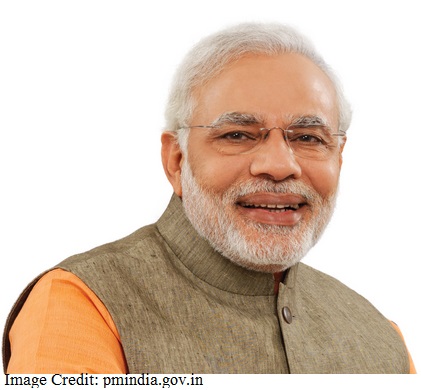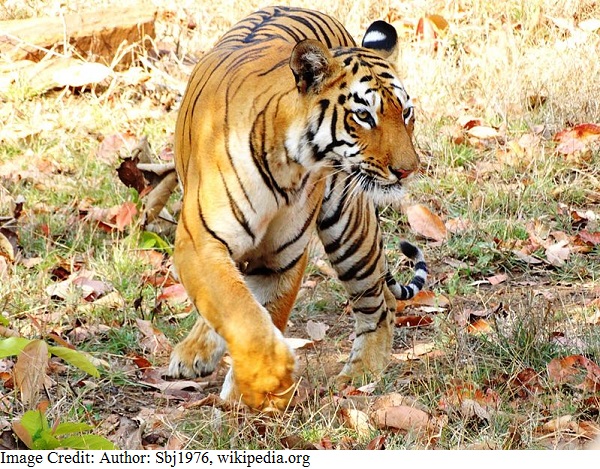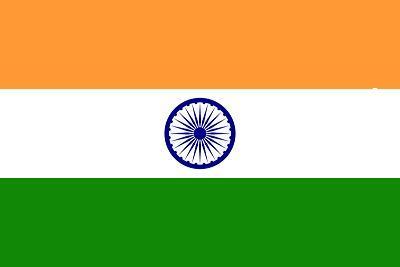Vande Mataram
Vande Mataram is the National Song of India written by Bankim Chandra Chattopadhyay in 1882 in a novel, Anandamath. Originally it was written in two languages i.e. Bengali and Sanskrit.
National song is sung to praise the motherland on any national occasions. This song is very inspiring and had helped freedom fighters during the Indian independence movement. It is very powerful and still inspires to invoke the sense of patriotism and nationalism. It was first time sung by Rabindranath Tagore in 1896 in a political meeting of Indian National Congress.
The two most beautiful stanzas of the original Vande Mataram song have been officially declared as the National Song of India in 1950 after the independence.
History of National Song of India
Bankim Chandra Chatterjee, who is also known as Bankim Chandra Chattopadhyay was very famous novelist and great poet of India. He had written the Vande Mataram song (on 7th of November in 1875) from which the National Song of India has been taken officially. The two words of the song, i.e. “Vande Mataram”, have become words of great importance for our nation. These two words are very inspiring, motivating and most powerful which was recited by many freedom fighters of India when they were being sentenced by the Britishers.
Motherland is a most important essence of Hindu culture. All the great warriors of the India (Lord Rama, Chhatrapati Shivaji Maharaj, etc) had fought dedicatedly for saving their motherland. Bankim Chandra Chattopadhyay was graduated from Calcutta University and was a government official when he composed “Vande Mataram” song. He wrote this song by using words from both languages, Sanskrit and Bengali which was first published in his novel ‘Anandamatha’ (written in Bengali) in 1882. Soon he was also asked to give a special tune for his song.
“Vande Mataram” was a very famous slogan during freedom movement which was used by the freedom fighters as a national cry for getting freedom from British rule. It gave lots of inspiration to the people during the Indian independence movement. It was used to enhance nationalistic fervour and was shouted as a slogan during all the independence movement. This song was first sung by Rabindranath Tagore (writer of the Indian National Anthem) in the Congress meeting at Calcutta in 1896. Later it was sung by Dakhina Charan Sen in 1901 after five years during another Congress meeting at Calcutta.
In 1905, it was sung by the great poet, Sarala Devi Chaudurani in the Congress meeting at Benares. A journal was started with the same name by Lala Lajpat Rai and also a political movie was made with same name by Hiralal Sen in 1905. Vande Mataram was written in the centre of the first version of Indian flag by Bhikaiji Cama in 1907.
Lyrics of National Song of India
The two stanzas of the original version Vande Mataram has been adopted as the “National Song of India”:
“Vande mataram
sujalam suphalam
malayajasitalam
sasya syamalam mataram
vande mataram”
“subhra jyotsna
pulakita yaminim
phulla kusumita
drumadalasobhinim
suhasinim
sumadhura bhasinim
sukhadam varadam mataram
Vande Mataram”
Original Lyrics of Vande Mataram
This is the complete and original lyrics of the Vande Mataram from which the National Song of India has been taken:
“Vande Mataram
Sujalam suphalam,
malayaja shitalam,
Shasyashyamalam,
Mataram”
“Shubhra-jyotsna pulakita-yaminim,
Phullakusumita drumadala shobhinim,
Suhasinim, sumadhura bhashinim,
Sukhadam, varadam, Mataram”
“Saptakotikantha kalakala ninada karale
Dvisaptakoti bhujair dhrita-khara karavale
Abala kena ma eta bale
Bahubala dharinim,
namami tarinim,
Ripudalavarinim
Mataram”
“Tumi vidya, tumi dharma,
Tumi hridi, tumi marma,
Tvam hi pranah sharire,
Bahute tumi ma shakti,
Hridaye tumi ma bhakti,
Tomarayi pratima gari mandire mandire”
“Tvam hi Durga dashapraharana dharini,
Kamala Kamaladalaviharini,
Vani vidyadayini,
namami tvam,
Namami Kamalam,
amalam atulam,
Sujalam, suphalam,
Mataram”
“Vande Mataram!
Shyamalam, saralam,
susmitam, bhushitam,
Dharanim, bharanim,
Mataram”
Meaning of National Song of India in English
The translation of ‘Vande Mataram’ in English with the meaning of each stanza is provided below:
“Mother, I bow to thee!
Rich with thy hurrying streams,
Bright with orchard gleams,
Cool with thy winds of delight,
Dark fields waving Mother of might,
Mother free.
Glory of moonlight dreams,
Over thy branches and lordly streams,
Clad in thy blossoming trees,
Mother, giver of ease
Laughing low and sweet!
Mother I kiss thy feet,
Speaker sweet and low!
Mother, to thee I bow.
Who hath said thou art weak in thy lands
When the swords flesh out in the seventy million hands
And seventy million voices roar
Thy dreadful name from shore to shore?
With many strengths who art mighty and stored,
To thee I call Mother and Lord!
Though who savest, arise and save!
To her I cry who ever her foeman drove
Back from plain and Sea
And shook herself free.
Thou art wisdom, thou art law,
Thou art heart, our soul, our breath
Though art love divine, the awe
In our hearts that conquers death.
Thine the strength that nerves the arm,
Thine the beauty, thine the charm.
Every image made divine
In our temples is but thine.
Thou art Durga, Lady and Queen,
With her hands that strike and her swords of sheen,
Thou art Lakshmi lotus-throned,
And the Muse a hundred-toned,
Pure and perfect without peer,
Mother lend thine ear,
Rich with thy hurrying streams,
Bright with thy orchard gleems,
Dark of hue O candid-fair
In thy soul, with bejewelled hair
And thy glorious smile divine,
Loveliest of all earthly lands,
Showering wealth from well-stored hands!
Mother, mother mine!
Mother sweet, I bow to thee,
Mother great and free!”
Quick Facts on National Song of India
- Vande Mataram was officially adopted as National Song of India on 24th January, 1950.
- The song was taken from the novel ‘Anandmath’ written by Bankim Chandra Chattopadhyay which conveyed the Sanyasi’s revolt against the Britishers in Bengal.
- Nares Chandra Sen-Gupta was the person who first translated the novel ‘Anandmath’ into English language in 1906.
- Vande Mataram was translated by Sri Aurobindo Ghose into prose on 20th November 1909.
- ‘Vande Mataram’ was written on the first version of the Indian Flag created by Madam Bhikhaji Cama in 1907.
- It was Jadunath Bhattacharya, who first set the tune of Vande Mataram after it was written by Bankim Chandra Chatterjee.
- Lala Lajpat Rai also named a journal as Vande Mataram which was started in Lahore.
- A political film was made by Hiralal Sen in 1905 which ended with Vande Mataram song.
- British government banned ‘Anandmath’ and made the recital of Vande Mataram as a criminal offence during its rule which was defied by many activists and freedom fighters.
- Vande Mataram has been translated into more than 10 languages in India.
Related Information:



